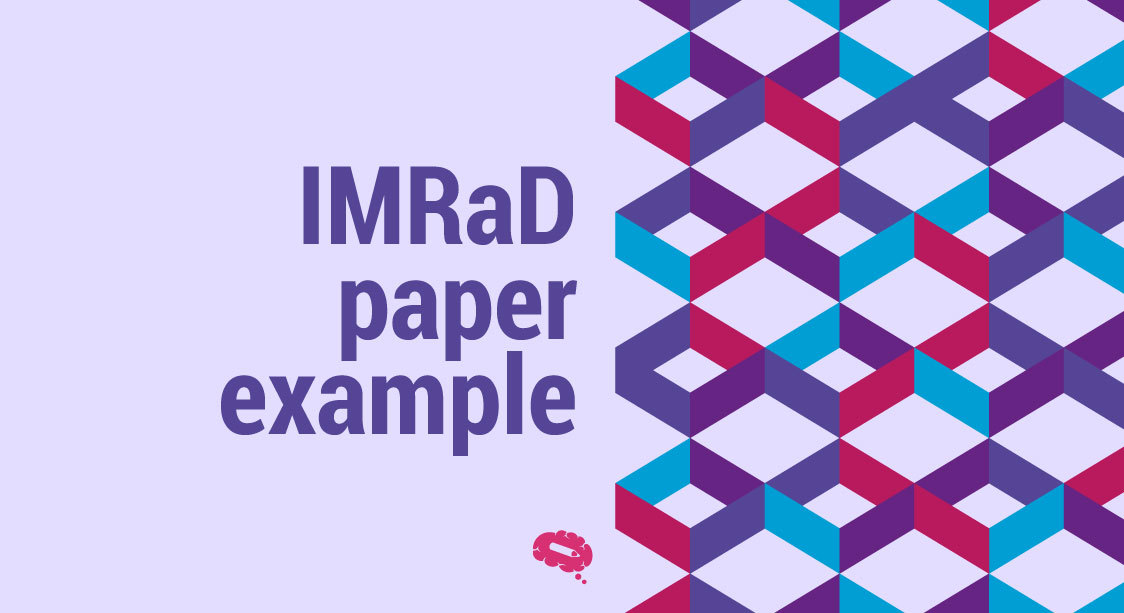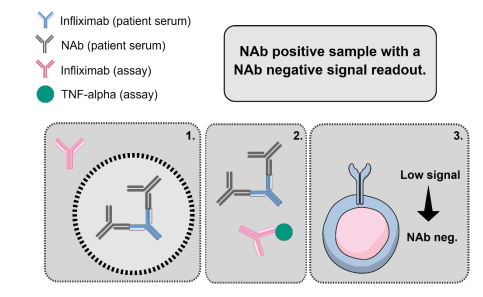Welcome to our guide on IMRaD papers, an essential format for scientific writing. In this article, we will explore what an IMRaD paper is, discuss its structure, and provide an IMRaD paper example to help you understand how to effectively organize and present your scientific research. Whether you are a student, researcher, or aspiring scientist, mastering the IMRaD format will enhance your ability to communicate your findings clearly and concisely.
What Is An IMRaD Paper?
IMRaD stands for Introduction, Methods, Results, and Discussion. It is a widely used format for structuring scientific research papers. Following the IMRaD paper example below, you will see that the IMRaD format provides a logical flow of information, allowing readers to understand the context, methods, results, and interpretation of the study in a systematic manner.
The IMRaD structure follows the scientific method, where researchers propose a hypothesis, design and conduct experiments, analyze data, and draw conclusions. By adhering to the IMRaD format, researchers can present their work in a standardized way, enabling effective communication and facilitating the dissemination of scientific knowledge.
Structure Of An IMRaD Paper
- Introduction: The introduction section provides an overview of the research topic, presents the research question or hypothesis, and outlines the significance and rationale of the study. It should provide background information, a literature review, and clearly state the objectives and aims of the research.
- Methods: The methods section describes the experimental design, materials, and procedures used in the study. It should provide sufficient detail to allow other researchers to replicate the study. This section should include information on the sample or participants, data collection methods, measurements, and statistical analysis techniques employed.
- Results: The results section presents the findings of the study in a clear and concise manner. It should focus on reporting the empirical data obtained from the experiments or analyses conducted. Results are typically presented through tables, figures, or graphs and should be accompanied by relevant statistical analyses. Avoid interpretation or discussion of the results in this section.
- Discussion: The discussion section interprets the results, relates them to the research question or hypothesis, and places them within the context of existing knowledge. It provides an analysis of the findings, discusses their implications, and addresses any limitations or weaknesses of the study. The discussion section may also highlight areas for future research or propose alternative explanations for the results.
Follow This IMRaD Paper Example
“The Effect of Exercise on Cognitive Function in Older Adults“
Introduction
The introduction section will begin by providing a comprehensive overview of the importance of cognitive function in aging populations. It would discuss the prevalence of cognitive decline and its impact on quality of life. Additionally, it would highlight the potential role of exercise in maintaining cognitive health and improving cognitive function. The introduction would present relevant theories or previous studies supporting the hypothesis that regular exercise can positively affect cognitive function in elderly adults. Finally, it would clearly state the research question: “Does regular exercise improve cognitive function in elderly adults?”
Methods
The methods section will describe in detail the study design, participant recruitment process, and intervention details. It would specify the inclusion and exclusion criteria for participants, such as age range and health status. Additionally, it would outline the cognitive assessments used to measure cognitive function, providing information on their reliability and validity. The section would provide a detailed description of the exercise program, including the type, duration, frequency, and intensity of the exercise sessions. It would also explain any control group or comparison conditions employed. Ethical considerations, such as obtaining informed consent and maintaining participant confidentiality, will be addressed in this section.
Results
The results section will present the findings of the study in a clear and organized manner. It would include statistical analyses of the data collected, such as t-tests or ANOVA, to determine the significance of any observed effects. The results would be presented using tables, figures, or graphs, allowing for easy interpretation and comparison. The section will provide a summary of the main findings related to the effect of exercise on cognitive function, including any statistically significant improvements observed.
Discussion
The discussion section would interpret the results in light of the research question and relevant literature. It would discuss the implications of the findings, considering both the strengths and limitations of the study. Any unexpected or contradictory results would be addressed, and potential explanations or alternative interpretations would be explored. The section would also highlight the theoretical and practical implications of the study’s findings, such as the potential for exercise interventions to be implemented in geriatric care settings. Finally, the discussion would conclude with suggestions for future research directions, such as investigating the long-term effects of exercise on cognitive function or examining the impact of different exercise modalities on specific cognitive domains.
Clear Communication Of Scientific Research
An IMRaD paper follows a standardized structure that enables clear communication of scientific research. By understanding the purpose and content of each section—introduction, methods, results, and discussion—you can effectively organize and present your own research findings. Remember that the example provided is a simplified representation, and actual IMRaD papers may vary in length and complexity depending on the study and the specific journal requirements.
Your Creations, Ready Within Minutes
Mind the Graph is an online platform that provides scientists and researchers with an easy-to-use tool to create visually appealing scientific presentations, posters, and graphical abstracts. It offers a wide range of templates, pre-designed icons, and illustrations that researchers can use to create stunning visuals that effectively communicate their research findings.

Subscribe to our newsletter
Exclusive high quality content about effective visual
communication in science.






